Report: Groundwater Pumping a Major Cause of Declining Water Storage in the Middle East
Satellite data shows the Tigris and Euphrates river basins are yet another example of how groundwater is being pumped at unsustainable rates across the world.
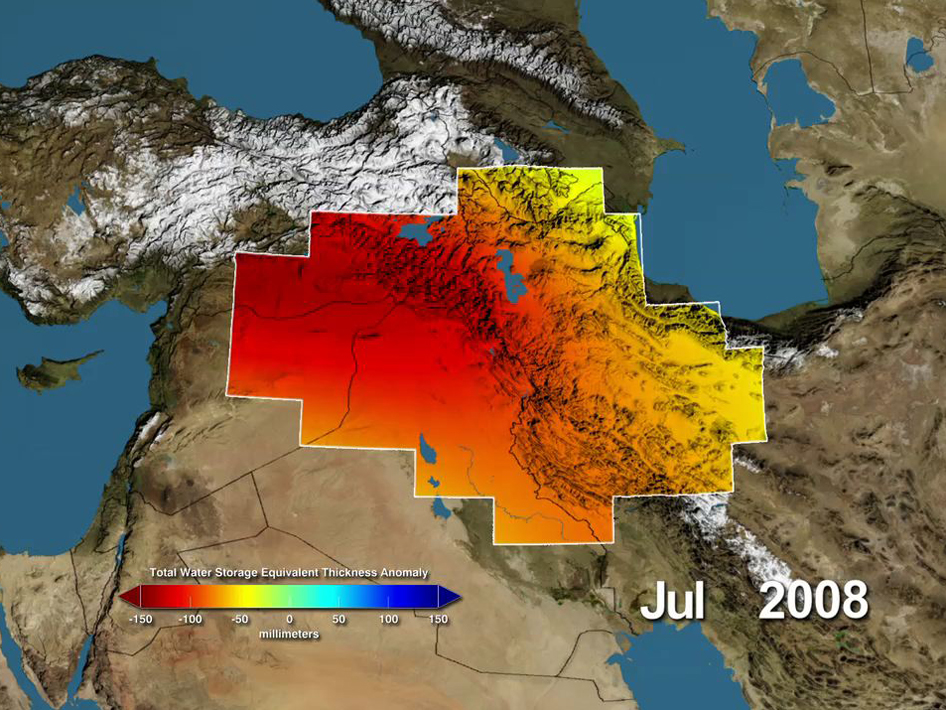
By Brett Walton
Circle of Blue
The Tigris and Euphrates river basins, at the heart of the Fertile Crescent, lost enough fresh water between 2003 and 2009 to fill the Dead Sea, according to a study that used NASA satellite data to measure hydrological changes in parts of Turkey, Syria, Iraq, and western Iran.
One-fifth of the net water loss was attributed to dry soils and a withered snowpack, the study found. Evaporation from lakes and reservoirs accounted for another 20 percent. The greatest decline in the water balance — the remaining 60 percent — came from pumping out groundwater faster than rainfall could replenish it.
–Kate Voss, study co-author
University of California, Irvine
The study, to be published online this Friday, February 15, in the journal Water Resources Research, is part of a growing body of research that shows that many of the world’s most important agricultural regions and most densely populated areas are living beyond their means when it comes to groundwater.
“These results are consistent with an emerging picture of worldwide groundwater depletion,” said Kate Voss, the lead author of the study and a water policy fellow with the University of California’s Center for Hydrological Modeling in Irvine. “The Middle East is not an anomaly. Most water-stressed regions are already seeing this. If anything, it is only going to get worse.”
Yet, basic information about just how much water is available — especially in water-scarce, high-tension regions such as the Middle East — is missing.
Voss told Circle of Blue that the research team — including scientists from the University of California, Irvine, NASA’s Goddard Space Flight Center, and the National Center for Atmospheric Research — does not know how the net loss compares to the total water resources of the Tigris and Euphrates river basins, because that figure is either not known or is not made public by the respective national governments, which view water data as a matter of national security.
Measuring Water from Space
Launched in 2002, the Gravity Recovery and Climate Experiment (GRACE) mission has revolutionized the practice of water monitoring, allowing for broad, regional measurements of both surface water and groundwater in areas that either guard data or do not have extensive monitoring systems on the ground.
GRACE is a pair of satellites that detect minuscule changes in the Earth’s gravity field. These fluctuations can be translated into a profile of a region’s total water resources. Researchers then use observational data or computer models to work out what portion comes from soil moisture, snowpack, reservoirs, and groundwater.
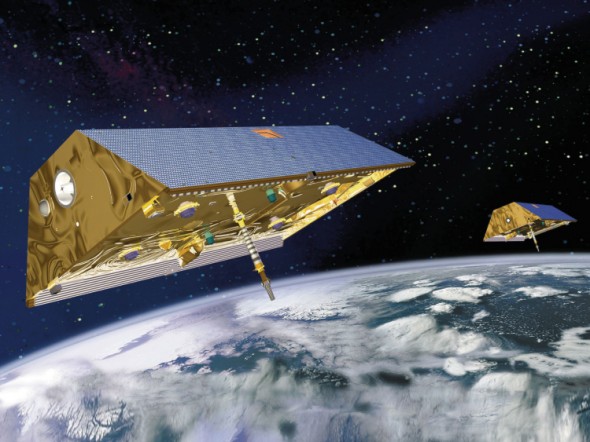
“Whenever you do international work, it’s exceedingly difficult to obtain data from different countries,” said Jay Famiglietti, the study’s principal investigator and a professor at the University of California, Irvine. “For political, economic or security reasons, neighbors don’t want each other to know how much water they’re using. In regions like the Middle East, where data are relatively inaccessible, satellite observations are among the few options.”
Much of the groundwater depletion in the Tigris-Euphrates can be traced, in part, to a severe drought that began in 2007, the study found. The Iraqi government, for example, drilled more than 1,000 wells to make up for the lack of surface water supplies.
Voss said that, during the drought — which began to abate in 2010 — agriculture in the basins’ headwaters in southeastern Turkey fared well, largely because of water stored behind a cascade of dams that has raised regional tensions and led to accusations that Turkey has been withholding too much water from Syria and Iraq.
“Turkey now has control of the release of water into Syria and Iraq,” Voss said. “That puts the downstream countries in a vulnerable position.”
The World’s Groundwater Problem
In many areas, even in the United States, pumping from groundwater sources has been the balm to soothe tensions over transboundary rivers. But region by region, the GRACE mission is revealing just how much has been pumped.
–Jay Famiglietti, study co-author
University of California, Irvine
One of GRACE’s major discoveries came in 2009, when researchers calculated the first assessment of groundwater depletion in northwestern India. They found that, between 2002 and 2008, the states of Rajasthan, Punjab, and Haryana — together, the center of Indian wheat production and home to 114 million people — suffered a net loss of 109 billion cubic meters of groundwater, an amount equal to double the capacity of the country’s largest reservoir.
Groundwater is a reserve that people draw on when supplies from rivers and lakes are scarce or below normal. Pump out too much, however, and net losses occur, which is now a problem throughout the world, as rising demand for water is exhausting many of the world’s most important aquifers.
According to an August 2012 study in Nature, 1.7 billion people live in places where aquifers are under pressure from excessive use.
In addition to the studies of northwestern India and the Tigris-Euphrates, the GRACE mission has also looked at California’s Central Valley, a rich swath of farmland where the water table also dropped. Voss said that the research team will use GRACE data to investigate the groundwater balance in northern China and in South America’s Guarani Aquifer, but those studies are not yet ready for publication.
Brett writes about agriculture, energy, infrastructure, and the politics and economics of water in the United States. He also writes the Federal Water Tap, Circle of Blue’s weekly digest of U.S. government water news. He is the winner of two Society of Environmental Journalists reporting awards, one of the top honors in American environmental journalism: first place for explanatory reporting for a series on septic system pollution in the United States(2016) and third place for beat reporting in a small market (2014). He received the Sierra Club’s Distinguished Service Award in 2018. Brett lives in Seattle, where he hikes the mountains and bakes pies. Contact Brett Walton


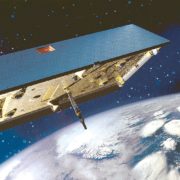
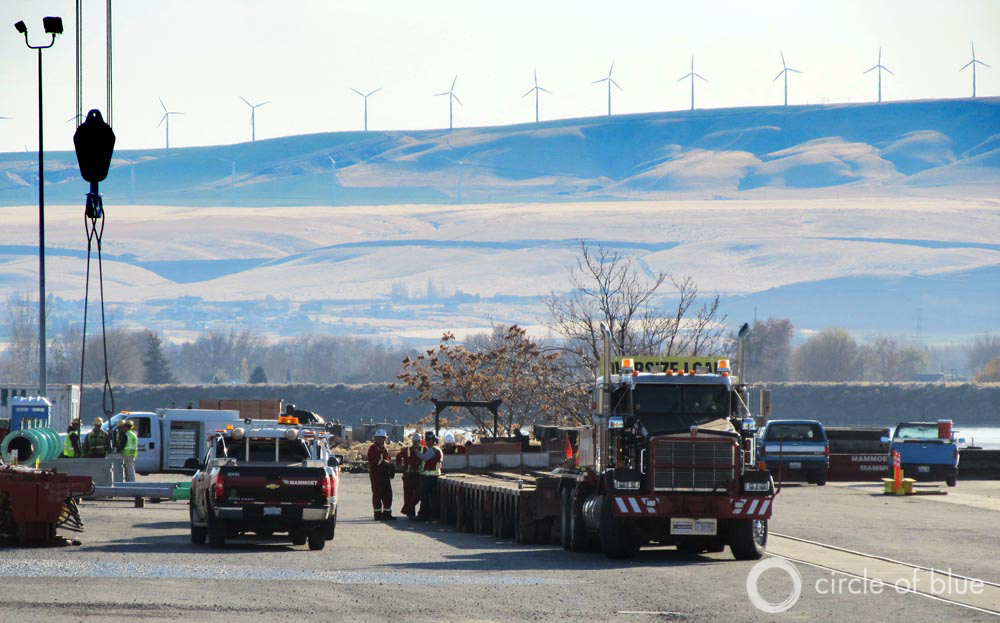
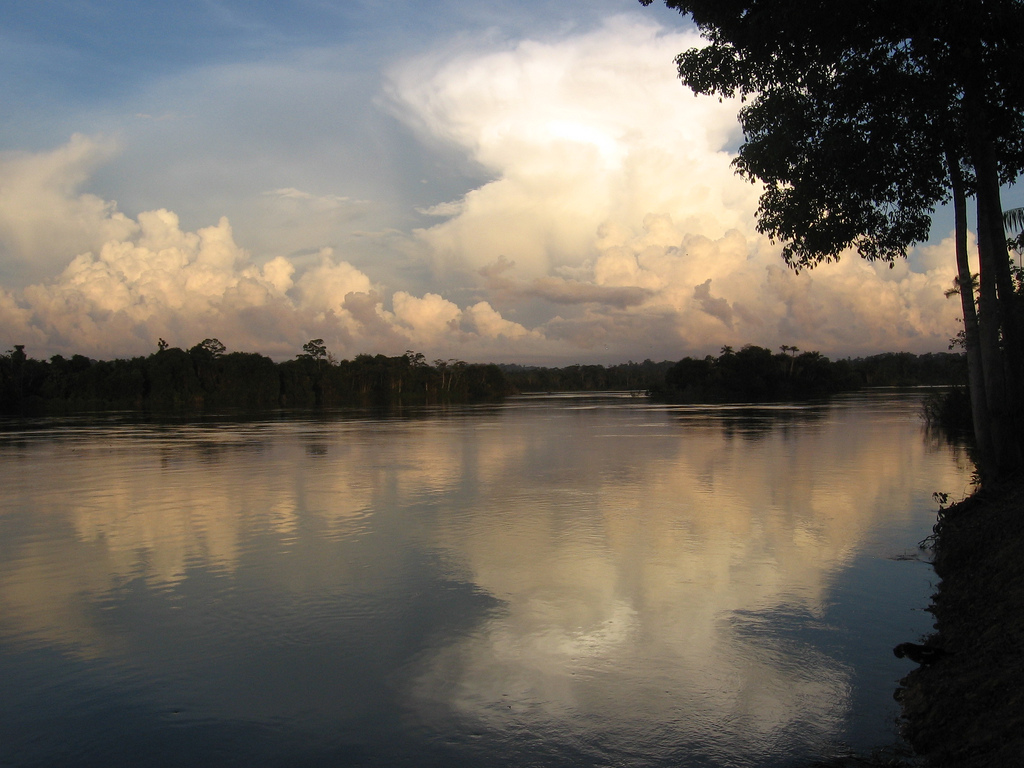


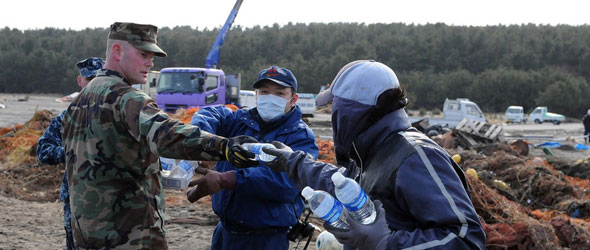

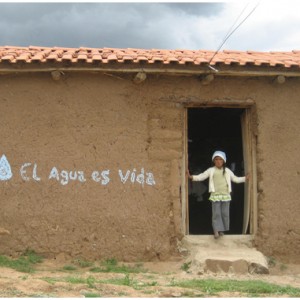
Way back in the mid-1980s, I remember reading an article in U.S. News & World Report then said that freshwater would be the next resource countries go to war over. Now, it’s been about 30 years since that report came out but it’s just a question of time when groundwater sources are depleted and countries have to raid neighbor’s water supplies for crops, cattle and drinking.
When ground truth regarding groundwater exploitation and mining are apparent and clear, it is not necessary to obtain the satellite data to appreciate groundwater predicament. Instead the governments / policy makers should devote their time and energy towards capacity building of farmers and groundwater users regarding how to do on farm groundwater recharge and how to use groundwater sustainably on their farms. Who does not know that groundwater is overexploited in most parts of the world? What is lacking is efforts to do on farm recharge, the economics of recharge and the social and private benefits to recharge and sustainable use of water for farming..
MG Chandrakanth, Dept of Agri Economics, Univ of Agri Sciences, Bangalore
mgchandrakanth@gmail.com